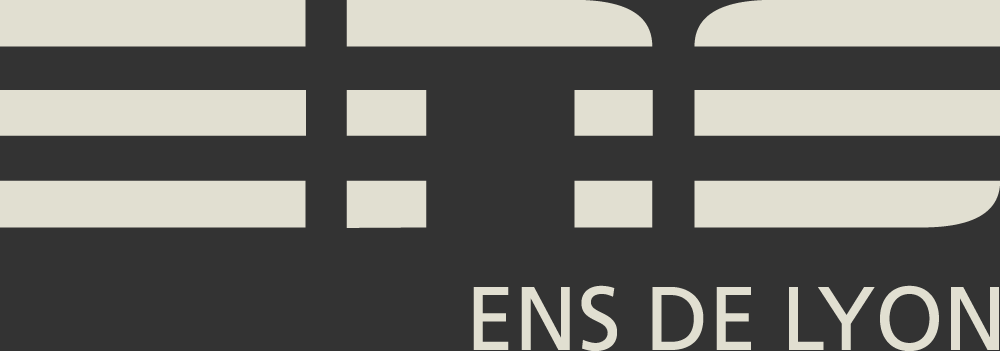Annex 11 (Book XXI, chapter 6)
The Greek kings of Egypt discovered first, in the Red Sea, that part of the African coast that goes from the bottom of the gulf where the city of Heroum is located to Deidre, in other words up to the strait today called Bab-el-Mandeb. From there to the promontory of Aromatum situated at the entrance of the Red Sea [1] the coast had not been explored by navigators ; and this is clear from what Artemidorus tells us : that the places on this coast were known, but the distances were not, [2] which was because they had successively gained knowledge of the ports by land, and without travelling from one to the other.
Beyond this promontory where the ocean coast begins, nothing was known, as we learn from Eratosthenes and Artemidorus. [3]
Such was the state of knowledge they had of the African coasts in the time of Strabo, in other words at the time of Augustus. But since Augustus, the Romans discovered the Raptum promontory and the Prassum promontory, which Strabo does not mention because they were as yet unknown. Obviously these two names are Roman.
Ptolemy the geographer lived under Hadrian and Antoninus Pius, and the author of the Periplus of the Erythræan Sea, whoever he was, lived soon thereafter. Yet the former bounds the known Africa at the Prassum promontory, [4] which is at about fourteen degrees south latitude ; and the author of the Periplus at the Raptum promontory, [5] which is about the tenth degree of that latitude. It is likely that the latter took as his limit a place where people went, and Ptolemy a place where no one went any longer.
What confirms me in this thought is that the peoples around the Prassum were cannibals. Ptolemy, who mentions a great number of places between the port of Aromatus and the Raptum promontory, [6] leaves a complete void from the Raptum to the Prassum. [7] The great profits of the Indian navigation must have caused that of Africa to be neglected. In short, the Romans never had any regular navigation on this coast ; they had discovered these ports over land, and by ships cast up by storms. And as today we know the coast of Africa rather well, and very little about the interior, [8] the Ancients knew the interior rather well, and very little about the coasts.
I have said that Phoenicians sent by Necho and Eudoxus under Ptolemy Lathyrus had circumnavigated Africa ; in the time of Ptolemy the geographer, these two voyages must surely have been regarded as fables, since he places from Sinus Magnus, [9] which is, I believe, the Gulf of Siam, an unknown land that runs from Asia to Africa, to end at the Prassum promontory, such that the Indian Sea would only have been a lake. The Ancients, who explored the Indies from the north, after progressing eastward, placed this unknown land to the south.


